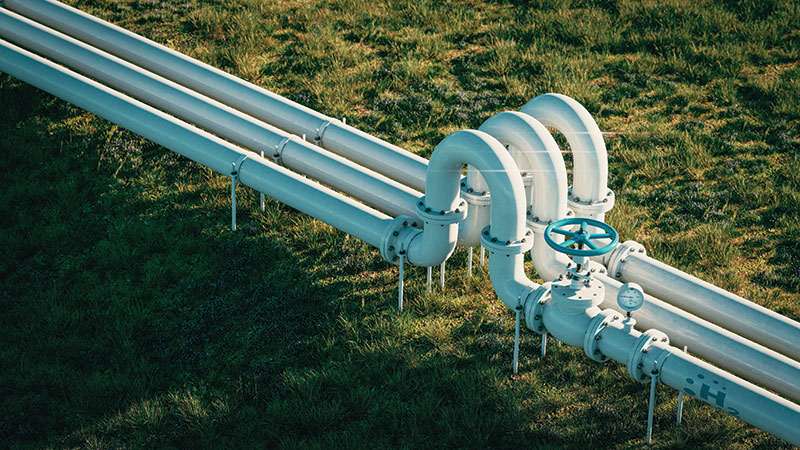May 2024, Vol. 251, No. 5
Tech Notes
Hydrogen Blending Study Underway in British Columbia
Special to Pipeline & Gas Journal
DNV is executing hydrogen blending feasibility studies for Enbridge and FortisBC Energy. The two individual studies will determine the percentage of hydrogen that can be safely transported through existing natural gas pipeline infrastructure.
These will include Enbridge’s transmission system and FortisBC’s distribution system, both of which are located in British Columbia, Canada and are the largest blending studies undertaken in North America.
“At Enbridge, we are working hard to reduce our greenhouse gas emissions and the carbon intensity of the energy we transport,” said Cynthia Hansen, Enbridge executive vice president and president, Gas Transmission and Midstream. “One way we're doing this is by using our existing energy infrastructure to transport low-carbon forms of energy, such as hydrogen.”
The results will be used to develop the codes and standards required to safely transport hydrogen as the first step in forming a sustainable commercial hydrogen market.
The project is part of the Province of British Columbia’s work to reduce greenhouse gas emissions, by decarbonizing FortisBC’s and Enbridge’s natural gas systems while maintaining safety, reliability and affordability. Individual studies will be undertaken for both sets of assets, recognizing the unique components and systems in place.
Collectively, the studies will build a knowledge base to establish the safety, technical, and economic requirements needed to identify and introduce the best and safest hydrogen concentration levels for the system. The entire gas supply value chain will be examined, from hydrogen injection points to end-user delivery points on the pipeline systems.
“Blending clean hydrogen with natural gas is a key step in the energy transition, and the work DNV is undertaking for Enbridge and FortisBC will help to decarbonize the energy supply in British Columbia and provide a framework for future hydrogen blending projects globally,” said Richard S. Barnes, region president, Energy Systems North America at DNV.
When injected into the natural gas grid or distributed into new or converted infrastructure, hydrogen can be a renewable and low-carbon fuel to reduce greenhouse gas emissions and develop a low carbon-energy economy.
These studies are the next phase in a multi-year development effort, as part of FortisBC and Enbridge’s long-term strategy to establish and maintain leadership in the low-carbon and green energy sector.






Comments